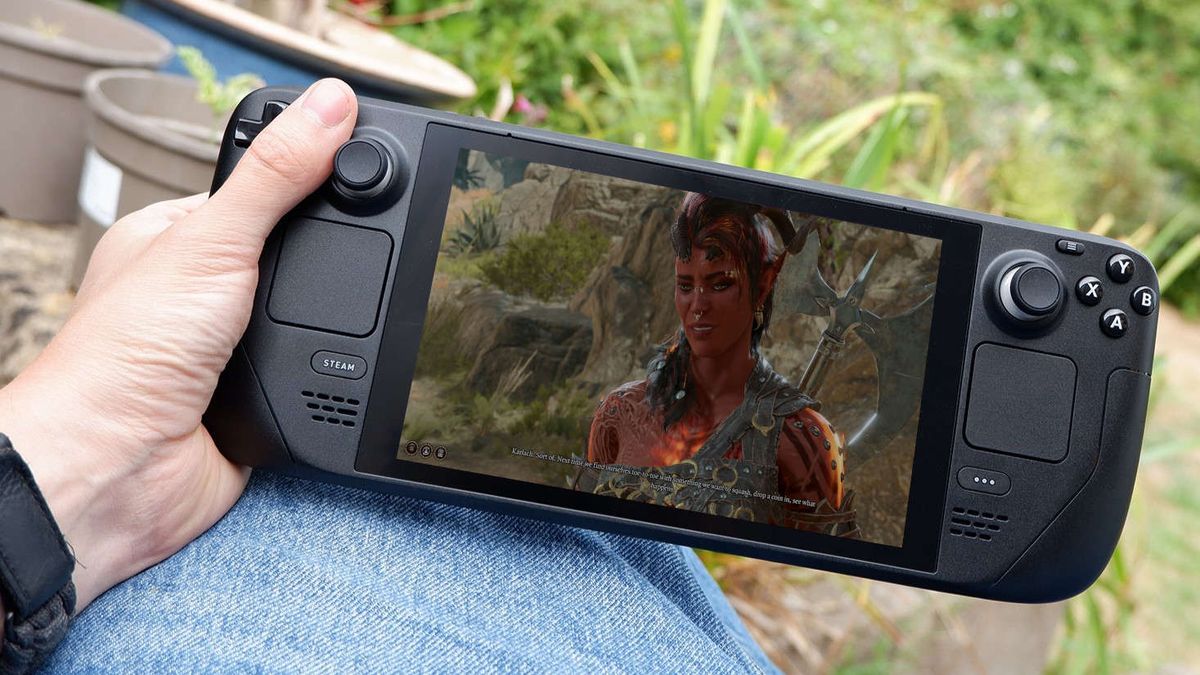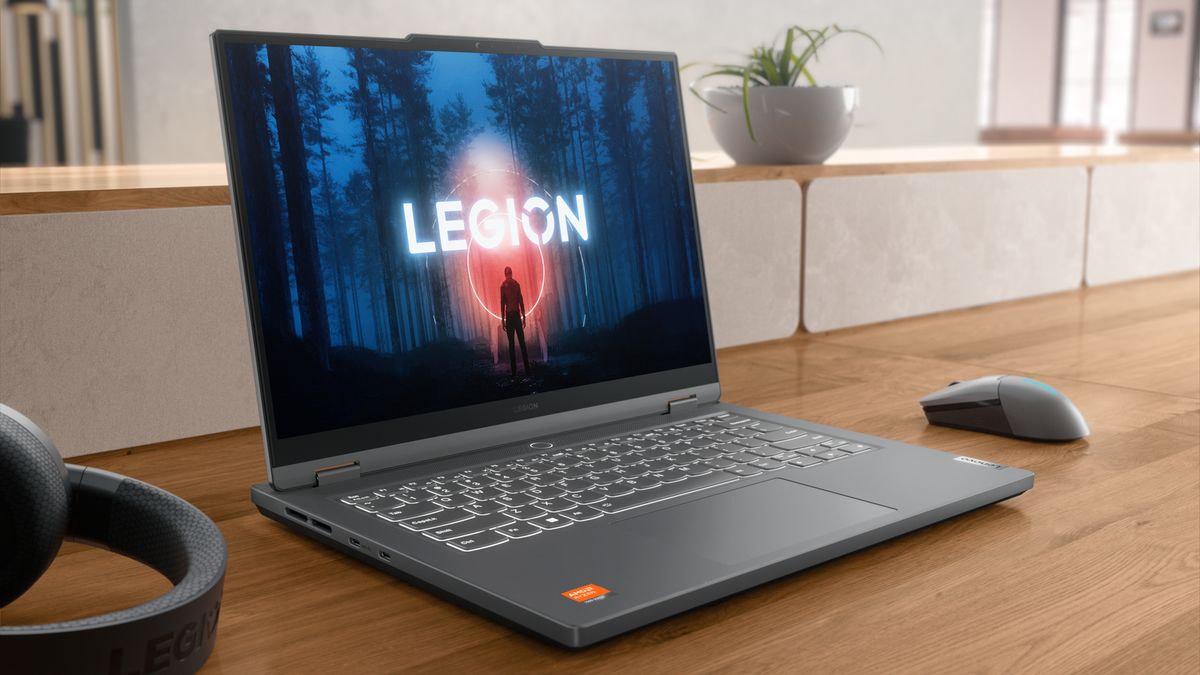I get it, you just don’t want to have to stop playing Baldur’s Gate 3 just because you need to leave the house. So, why not take it with you? That’s the joy of a handheld gaming PC such as the Valve Steam Deck; a wee PC that means you’re not tethered to a desk just to immerse yourself in the Forgotten Realms.
But will Larian’s ode to D&D work on the Steam Deck, and should you consider playing the game that way?
I’ve dug into the final release build of Baldur’s Gate 3 to see what’s changed from the early access version, and what you have to do in order to get the game playing nicely with Valve’s handheld gaming PC.
As of August 4, Baldur’s Gate 3 is now Steam Deck Verified, and it’s very easy to get up and running.
How to run Baldur’s Gate 3 on Steam Deck
Image 1 of 3
That will then allow you to boot either into the game or the launcher. But seeing as we just want to use the DX11 executable, I would suggest killing the launcher altogether so it won’t even pop up without a network connection.
Skip the Larian Launcher
Best settings for Baldur’s Gate 3 on Steam Deck
Image 1 of 3
Native resolution
FSR Ultra Quality
FSR Balanced
The problem is that FSR isn’t the best upscaling method even within AMD’s pantheon of features, and it does mean a loss of image fidelity. If you can cope with occasional drops down to 25 fps or so, then I would recommend Ultra Quality over the plain Quality setting—it makes the game look so much cleaner on the Steam Deck’s low res screen.
Anything below Ultra Quality introduces too many jaggies and crawlies to the image otherwise. It is worth noting, however, that when it’s all kicking off in a big battle, with lots of whizzy effects flying around the screen, that frame rate may well dip into the teens.
But should you play it on a Steam Deck?
The reason Baldur’s Gate 3 has that advisory rating for Steam Deck compatibility is that there are a couple of instances where you will need the touchscreen and/or virtual keyboard, most especially when it comes to the launcher. We’re skipping that anyway, so those issues aren’t something I’m concerned about at all.
I’m hugely impressed with Larian’s controller implementation and will happily play the whole game like that, basically running it like a third-person Mass Effect-style RPG, so the controls aren’t my concern, either.
It’s just that FSR implementation. With such a low input resolution for that 800p screen the game looks pretty ropey when upscaled using FSR below the top setting. That’s largely because the first generation of AMD’s FidelityFX Super Resolution has far greater impact on visual fidelity than FSR 2.0. Hopefully Larian will implement the newer tech after launch, because theoretically it should be relatively straightforward to add when the game already supports DLSS.
I can happily run the game at a pretty solid 30 fps with the settings I outline above, and with FSR on that means I can squeeze around 1 hour and 45 minutes of Baldur’s Gate 3 game time out of the Deck, but it’s far from an ideal experience.
And there’s also the issue of the fan noise of the Deck. You are going to need to play this with some headphones or earbuds on.
That’s not to say you shouldn’t play Baldur’s Gate 3 on a handheld gaming PC, however. I’ve been running the game on the AOKZOE A1 Pro, with AMD’s Ryzen 7 7840U—the same chip in most of the new handhelds coming onto the market—and loving it. The 1920 x 1200 screen plays a lot nicer with FSR 1.0 and the higher performance Radeon 780M integrated GPU means I can run the game at High settings with FSR set to Quality and still get better than 30 fps most of the time.


